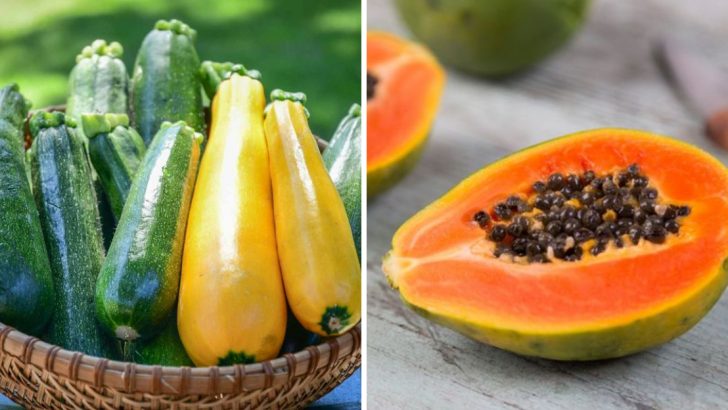Navigating the grocery store can feel like walking through a minefield when you’re trying to avoid genetically modified organisms (GMOs). These foods have had their DNA altered in ways that don’t occur naturally, and some people prefer to keep them off their plates.
While the debate about GMO safety continues, many shoppers simply want to know what they’re eating. Here’s your no-nonsense guide to the top foods to skip if you’re serious about avoiding GMOs.
1. Corn
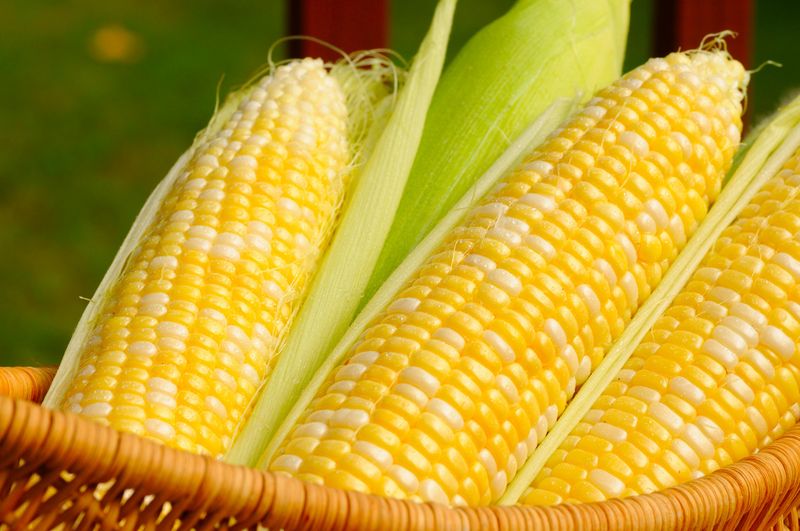
Holy moly, corn might be America’s favorite vegetable, but it’s also the GMO poster child! Nearly 92% of all corn grown in the US has been genetically modified to resist pests or herbicides.
Your morning cornflakes, that taco shell, corn syrup in your soda, and even the corn starch in your gravy – all likely GMO culprits. Farmers started planting GMO corn back in 1996, and it spread faster than gossip in a small town.
2. Soy

Shocking fact: approximately 94% of soybeans grown in America have been genetically modified! This humble bean hides in everything from your veggie burger to chocolate bars.
Soy lecithin, soybean oil, and soy protein isolate infiltrate processed foods like undercover agents. That innocent-looking tofu block? Unless labeled organic, it’s probably made from GMO soybeans engineered to withstand heavy pesticide spraying.
3. Sugar Beets
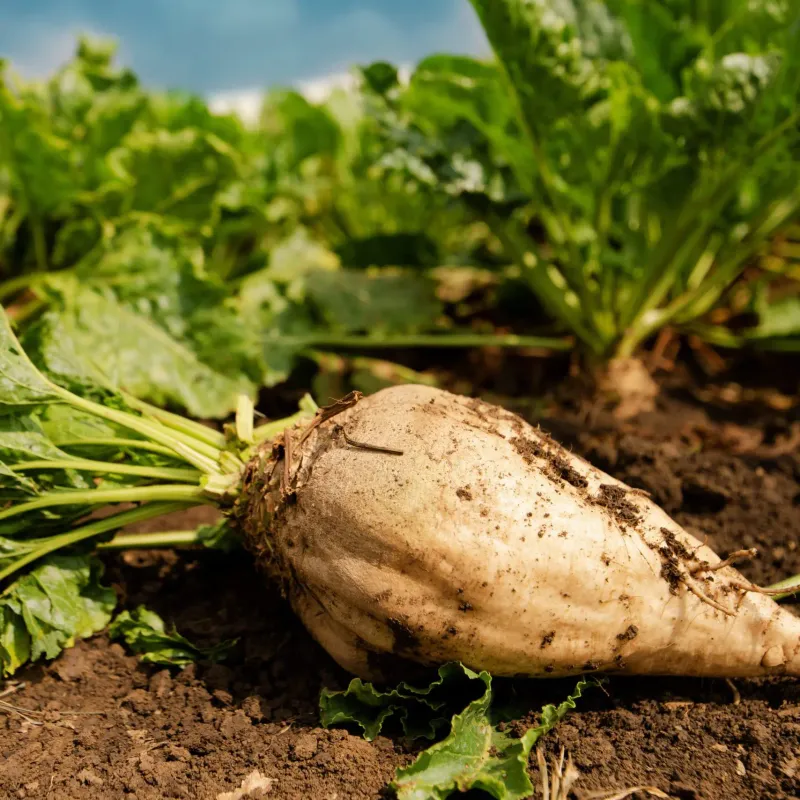
Jaw-dropping truth bomb: around 95% of sugar beets grown in America have been genetically engineered! When you see plain old “sugar” listed on ingredient labels, odds are you’re looking at GMO sugar beet extract unless specifically labeled as cane sugar.
Sugar beets underwent their genetic makeover to resist powerful herbicides farmers spray directly on fields. That birthday cake, those cookies, even your favorite barbecue sauce – all potentially harboring GMO sugar without your knowledge.
4. Canola Oil

Canola oil lurks in practically every pantry in America, yet most people have no clue that roughly 90% of it comes from genetically modified rapeseed plants! This slippery character shows up in everything from salad dressings to crackers, cookies, and even that “healthy” mayo alternative.
Scientists tinkered with rapeseed’s DNA to create plants that survive intense herbicide applications. The resulting oil gets processed with chemicals, deodorized, and bleached before landing in your shopping cart.
5. Papaya
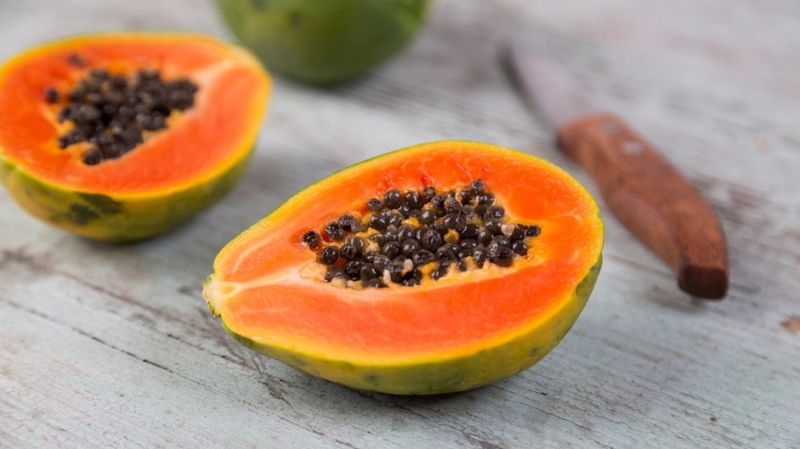
Surprise! That juicy Hawaiian papaya hiding in your fruit salad likely carries a genetic modification secret. About 77% of Hawaiian papayas are genetically engineered to resist the devastating ringspot virus that nearly destroyed the industry in the 1990s.
Scientists inserted a gene from the virus itself into papaya DNA, essentially vaccinating the fruit against the disease. These “Rainbow” and “SunUp” varieties saved Hawaii’s papaya farms but created a GMO fruit that flies under most people’s radar.
6. Zucchini & Yellow Squash
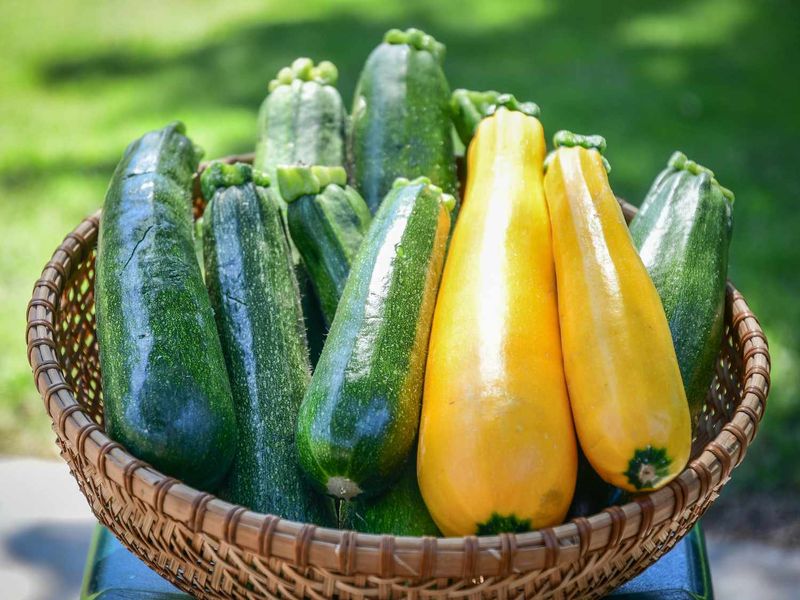
Garden-fresh zucchini should be natural, right? Plot twist: some varieties of summer squash, including zucchini and yellow crookneck squash, have been secretly modified! Unlike widespread GMO crops like corn, only specific varieties carry the modification, making them particularly tricky to identify.
These sneaky vegetables received genetic upgrades to resist plant viruses that would otherwise destroy crops. The problem? No special labeling requirements exist to warn shoppers which squash varieties contain foreign genes.
7. Aspartame-Sweetened Products

Artificial sweeteners might seem unrelated to GMOs, but here’s the bombshell: aspartame production typically involves genetically modified bacteria! This zero-calorie sweetener found in diet sodas, sugar-free gum, and “light” products has a secret GMO connection most people never discover.
Manufacturers use genetically engineered E. coli bacteria to produce one of aspartame’s main components. While the final product doesn’t contain GMO material, the production process relies entirely on genetically modified organisms.
8. Milk & Dairy

Got milk? Got GMOs! Many conventional dairy farmers inject their cows with a genetically engineered growth hormone called rBGH (also known as rBST) to boost milk production. This artificial hormone forces cows to produce more milk than their bodies would naturally—up to 15% more!
The milk itself isn’t genetically modified, but it comes from cows treated with a product of genetic engineering. Studies suggest this practice increases udder infections in cows, potentially leading to more antibiotics in the milk supply.
9. Cottonseed Oil

Who knew your T-shirt’s cousin could be hiding in your snack foods? Approximately 94% of cotton grown in the US is genetically modified, and that same cotton plant produces cottonseed oil used in many processed foods!
This cheap oil sneaks into potato chips, cookies, and other packaged foods because it’s stable for frying and extends shelf life. Cotton wasn’t originally developed as a food crop, yet its oil has become a staple ingredient without most consumers realizing its GMO status.
10. Alfalfa
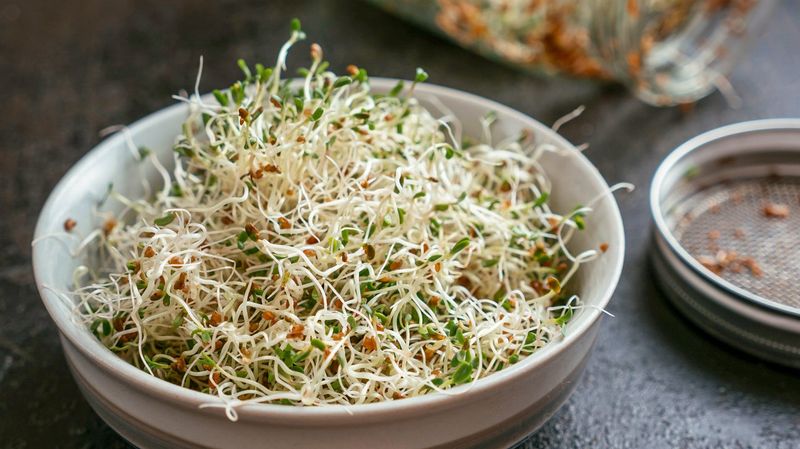
Alfalfa might not appear on your dinner plate directly, but this GMO crop creates a sneaky backdoor into your diet! Approved in 2011, genetically modified alfalfa serves primarily as livestock feed for dairy cows and beef cattle across America.
When animals eat GMO alfalfa, you indirectly consume whatever effects those modifications might have when you eat meat, cheese, or yogurt. The genetic tinkering makes alfalfa resistant to herbicides, allowing farmers to spray chemicals that would normally kill the crop.
11. Processed Foods

Packaged foods transform into GMO minefields with ingredients lists longer than your grocery receipt! The average processed food contains multiple GMO ingredients hiding behind innocent-sounding names like “modified food starch,” “citric acid,” and “natural flavors.”
One product might contain GMO corn, soy, canola, and sugar beet derivatives all at once. Those cheese crackers? They likely contain GMO ingredients in the cheese powder, the cracker base, and the oils used for processing.
12. Potatoes

America’s favorite side dish got a genetic makeover! Several varieties of GMO potatoes now lurk in supermarkets, engineered to resist browning when cut and to produce less acrylamide (a potential carcinogen) when fried.
These “Innate” potatoes, approved in 2015, use a technique called RNA interference that silences certain genes already in the potato – technically different from older GMO methods. Fast food giants initially considered these modified spuds but backed away after consumer pushback.
13. Apples
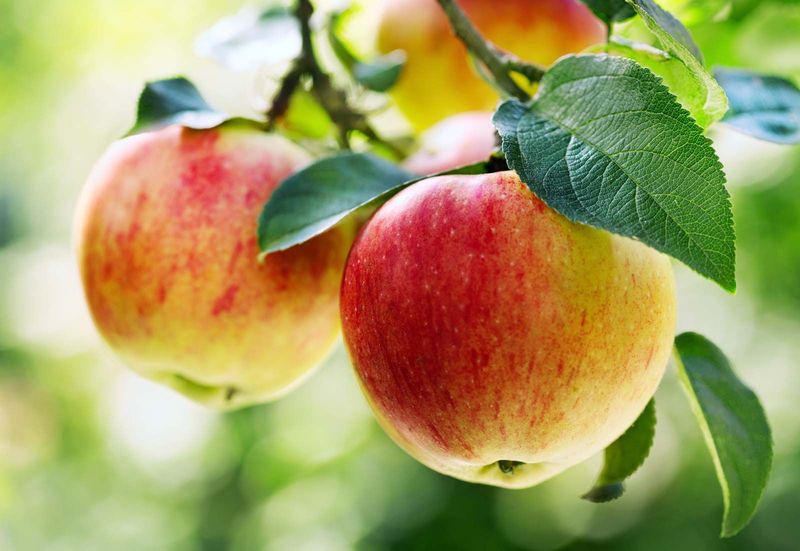
The apple industry’s newest trick? Genetically modified apples that don’t brown when sliced or bruised! Marketed under names like Arctic® Golden and Arctic® Granny, these futuristic fruits had their browning genes silenced through a process called RNA interference.
Developed primarily for food service and convenience (think pre-sliced apple packages), these GMO apples started hitting some store shelves in 2017. Unlike traditional breeding, scientists directly manipulated apple DNA to create this never-brown characteristic that doesn’t exist in nature.
14. Salmon

Swimming onto dinner plates: the world’s first approved GMO animal! AquAdvantage salmon contains genes from Chinook salmon and ocean pout (an eel-like fish), creating a frankenfish that grows twice as fast as its natural cousins.
This genetic manipulation triggers year-round growth rather than seasonal patterns, rushing salmon to market size in 18 months instead of 3 years. After years of controversy, these modified fish entered the US market in 2021, with no special labeling requirements in many states.
15. Invisible Ingredients

Beyond obvious foods lurks a shadow world of GMO-derived ingredients that never make headlines! Enzymes used in cheese production, vitamins added to breakfast cereals, and amino acids in nutritional supplements frequently come from genetically modified microorganisms.
Xanthan gum, that innocent-sounding thickener in salad dressing? Often produced using GMO corn sugar. Vitamin C supplements? Commonly manufactured using GMO corn as the base material. These ingredients create a domino effect of genetic modification throughout the food supply.

